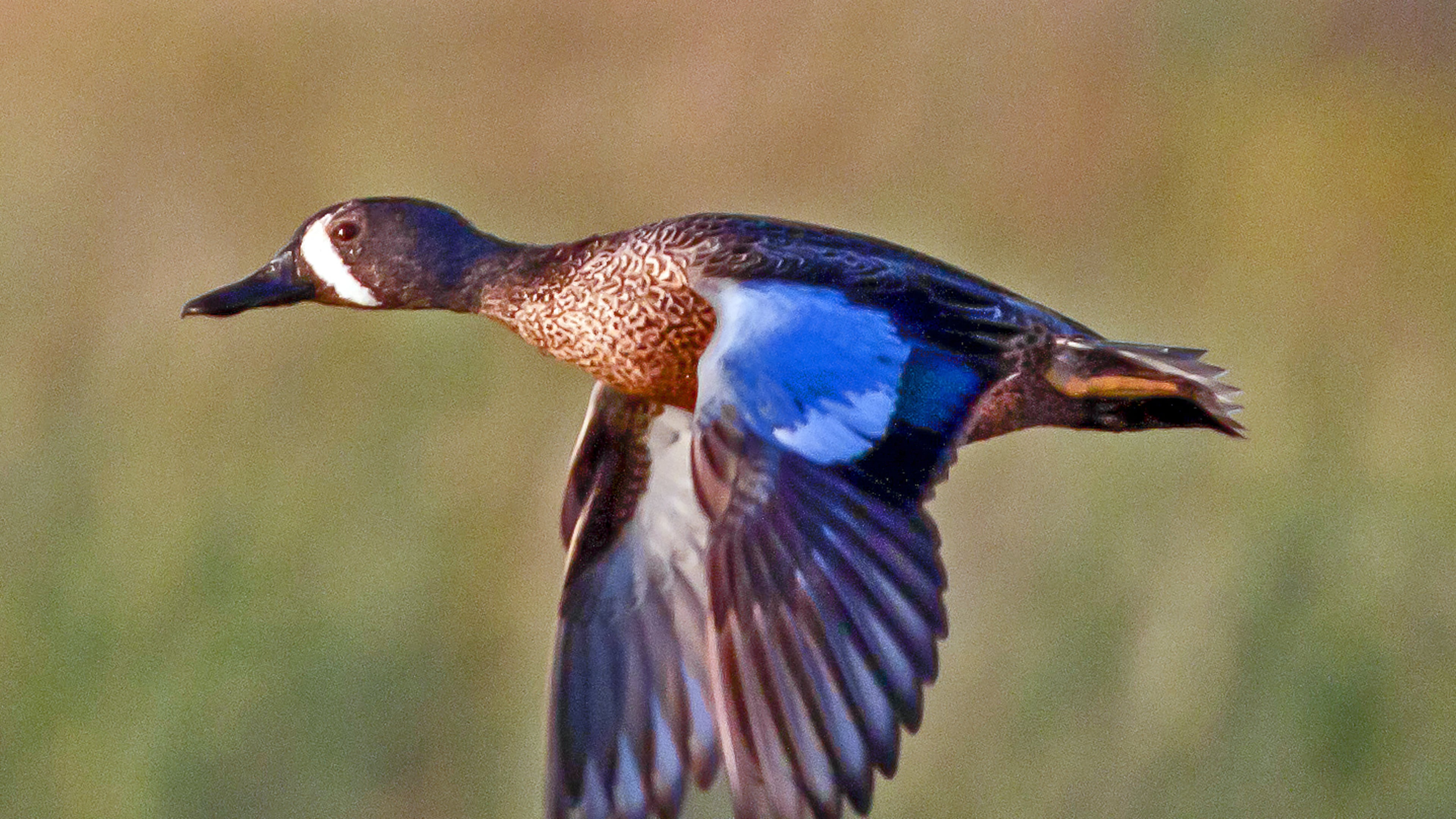Migrating blue-winged teals try to dodge ‘even a touch of winter’

It’s mid-August and hot, but already arriving in Georgia’s wetlands are blue-winged teals, well in advance of the 20 or so other duck species that will migrate into Georgia over the next few months.
Like the blue-wing, some of the species mostly will be passing through, stopping only for a while before flying to winter grounds farther south. Several others, however, will spend the entire winter in Georgia’s lakes and rivers.
Most of the migratory ducks, including blue-winged teals, nest as far north as Alaska and throughout Canada, but primarily in the prairies of the central United States and Canada.
Blue-winged teals, however, can’t endure cold weather. In that regard, the late Georgia ornithologist Thomas Burleigh described the bird as distinct in its migratory habits: “The blue-winged teal is unique in its reluctance to experience even a touch of winter.”
Its intolerance to cold is a main reason it leaves its summer breeding grounds so early. Another reason is that it may have a long way to go for the winter — as far as South America, farther than any other North American waterfowl.
According to Ducks Unlimited, for instance, a blue-wing banded near Oak Lake, Manitoba, Canada, was shot by a hunter near Lima, Peru, more than 4,000 miles to the south.
A small dabbling duck, the blue-winged teal is the second most abundant — next to the mallard — wild duck in North America. Males have a blue-gray head with a white crescent on the face. Females are mottled brown with a white throat. Both sexes flash bright, distinctive blue patches on their forewings when flying.
Blue-winged teals already are showing up in the Okefenokee Swamp and other Georgia wetlands. Adam Betuel of Birds Georgia said one can often see migrating blue-winged teals at the Gold Branch unit of the Chattahoochee River National Recreation Area. A few may remain in Georgia for the winter.
Come spring, the birds will be the last to head north, once again stopping briefly in Georgia in April through June.
IN THE SKY: From David Dundee, Tellus Science Museum astronomer: The moon will be full on Monday — the Fruit Moon. Venus is low in the west at dusk. Mars and Jupiter rise in the east about four hours before dawn. Saturn is in the east just after dark and will appear near the moon on Monday night.
Charles Seabrook can be reached at charles.seabrook@yahoo.com.

